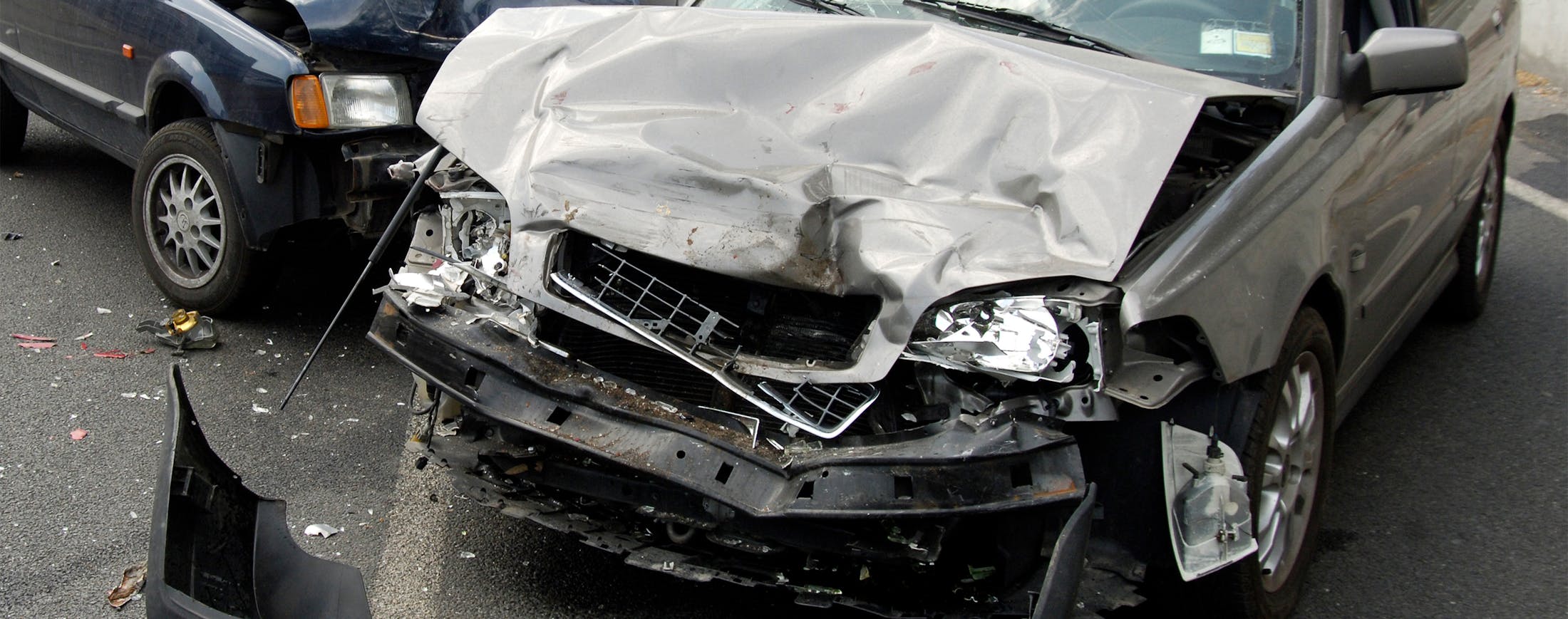Car accidents are an unfortunate reality of driving, and they can occur at any time and place. In California, car accident laws are in place to protect the rights of individuals involved in these incidents, whether as drivers, passengers, or pedestrians.
Liability and Fault
California is a "fault" state regarding car accidents, which means that the person who is responsible for causing the accident is liable for any resulting damages. Liability is determined by each party's fault in the accident. If one driver is found to be entirely at fault, they will be responsible for all damages resulting from the accident.
However, who is at fault in an accident is not always clear. In some cases, both drivers may share some degree of responsibility. California follows the "pure comparative negligence" rule, which means that even if a person is partially at fault for an accident, they can still recover damages, but their percentage of fault will reduce the number of damages they can recover.
For example, if a driver is found to be 30% at fault for an accident and the total damages are $10,000, they can only recover $7,000. Insurance companies and lawyers may conduct investigations and look at evidence such as:
- Police reports
- Witness statements
- Damage to the vehicles
- Accident reconstruction



